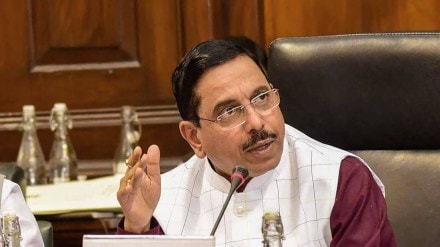India’s renewable energy capacity reached 256 gigawatts (GW) as of September 2025, Union Minister for New and Renewable Energy Pralhad Joshi said on Thursday, emphasising the country’s progress toward its clean energy goals.
The country added 23 GW of renewable capacity in the first five months of the current fiscal year (FY26), led by strong additions in solar energy, which now accounts for 127.33 GW. Wind capacity stood at 53.12 GW.
“This progress reinforces India’s commitment to achieving 500 GW of renewable capacity by 2030, driving the nation’s clean energy future,” Joshi said in a post on X. The government targets 1,800 GW of renewable capacity by 2047.
India is now the world’s third-largest solar power generator, fourth in wind power, and ranks third globally in overall installed renewable energy (RE) capacity.
Solar power dominance and global standing
However, there has been a slowdown in bidding activity of RE projects over the past few months with 3.4 GW auctioned in the first half of FY26, as per ratings agency Icra. The slump can be attributed to delays in signing power sale agreements (PSAs) by the bidding agencies with state distribution utilities, thus delaying the signing of power purchase agreements (PPAs) with the winning developers.
Icra expects India to add 35 GW of RE capacity in FY26, supported by a strong pipeline of 142.8 GW, favourable solar module prices, and robust power demand growth, as per the latest data from the Central Electricity Authority (CEA).
The timely signing of PPAs and PSAs along with the augmenting of transmission infrastructure remains key to sustain the scale-up in capacity addition, Icra said.
Industry challenges and future outlook
The solar power segment has emerged as the key driver of capacity addition in the RE sector, with significant capacity additions over the past decade, which in turn increased its share in the overall mix to 50.7% as of August 2025 from 3.6% as of March 2014.
Renewables contributed 14.0% to all-India electricity generation in the current fiscal year, up from 13.0% in FY24 and 7.8% in FY18. Icra projects this share to rise to over 16.0% in FY26, driven largely by solar power.
Most of the increase in RE generation has been driven by solar power due to higher growth in the segment’s installed capacity. Icra expects this trend to continue in FY26 with RE generation set to increase to more than 16.0%.
